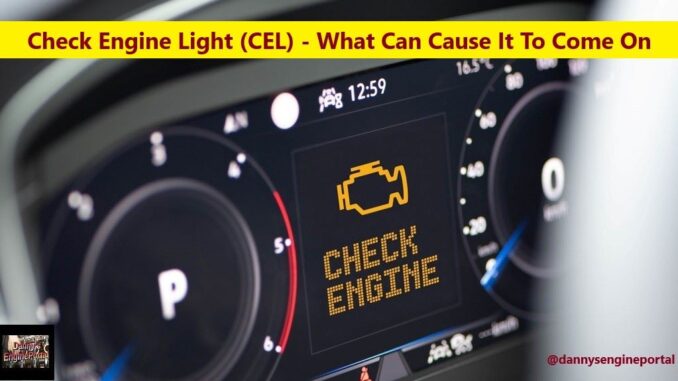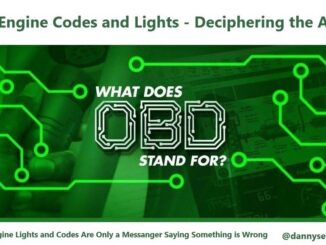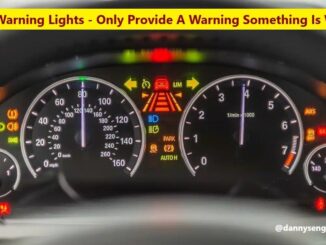
Seeing a Check Engine Light (CEL), is one of the most frustrating and confusing factors of owning a vehicle.
So, the (CEL) is just a light, with no information. It tells you that there is a problem, somewhere in your vehicle.
Does it mean you have time to get it to a mechanic, when you have time. Or, will you end up towing your vehicle back home, the next time you drive?
But, as ambiguous as a Check Engine Light (CEL) may be, your vehicle’s On-Board Diagnostic (OBD) system controls it.
Check Engine Light (CEL), Why Do You Have One
The main purpose of the (CEL), is to alert the driver when the vehicle’s (ECU or PCM) detects a problem. Most often, within the emissions control system or other critical engine-related systems.
Its Key Functions Include:
Alerting The Driver To A Problem:
Its primary role is to warn you that something is wrong. Before it leads to a major breakdown or expensive damage.
Telling You About Emissions Issues:
A large focus of the system is monitoring components that affect the vehicle’s emissions. And, that ensures the engine runs as cleanly and efficiently as possible.
Storing Diagnostic Trouble Codes (DTCs):
When the light illuminates, the computer stores a specific code that mechanics can retrieve using a scan tool. This code helps pinpoint the exact system or component that has failed. (e.g., a faulty (O2) sensor, a loose gas cap, or a misfire in a cylinder).
In short, it acts as an early warning system, prompting you to get the vehicle diagnosed and repaired. Consequently, to maintain performance, safety, and environmental compliance.
When Your Engine Starts, What Does The Check Engine Light (CEL) Do
So, flashing or blinking warning lights or a (CEL), should be addressed, as soon as possible. Because, warning lights on the dashboard are simply that, warnings. Consequently, if one of the lights stays on after you start your vehicle, you could potentially have a problem.
Therefore, you should have your vehicle checked, for needed repairs. The lights may come on, when the (OBD) system finds a problem, that it can’t correct. Consequently, there are two systems, OBD-I and the upgrade to OBD-II
The On-Board Diagnostics (OBD) System Could Turn On:
- A “Check Engine Light”
- It could say “Service Engine Soon”
- Possibly “Check Powertrain”
- The light may be nothing more, than a picture of an engine. Also, known as the International Check Engine Symbol, perhaps with the word “Check.”
In addition, to turning on the light, the computer stores a (DTC) in its memory. And, that identifies the source of the problem, such as a malfunctioning sensor or a misfiring engine. So, an electronic scan tool or a diagnostic computer, can read the code.
And, this is usually standard equipment, in auto repair shops. Furthermore, there are also a number of relatively low cost code readers, that are designed for the (DIY).
NOTE: Almost, All Parts Suppliers Will Read Your Code For Free !
Most Common Reasons, The Check Engine Light (CEL) Has Turned On Include:
- Loose or missing gas cap.
- Worn out, sparks plugs or wires.
- Electronic control module (ECM) failure.
- Defective distributor or coil packs.
- Emissions control fault, such as the (O2) Sensor.
- Fuel quality issue.
Finally, The Top Check Engine Light (CEL) Vehicle Repairs:
- Replacing (O2) sensor(s), Failing catalytic converter(s).
- Faulty ignition coil(s) and spark plugs.
- Loose fuel or gas cap.
- Replacing thermostat.
- Faulty ignition coil(s).
- Replacing (MAF) sensor.
- Bad spark plugs and spark plug wires.
- Malfunctioning, (EVAP) purge control valve.
- Replacing (EVAP) purge solenoid.
In Summary: Check Engine Light (CEL)
If one of the warning lights stay on, after you start your vehicle, you could potentially have a engine problem. So, you should have your vehicle, checked for needed repairs.
Thank You!




